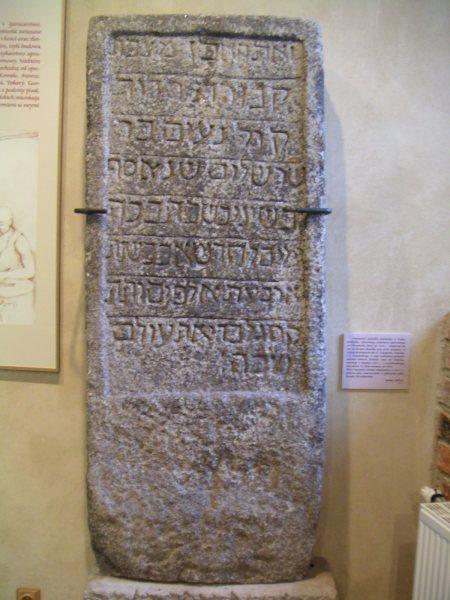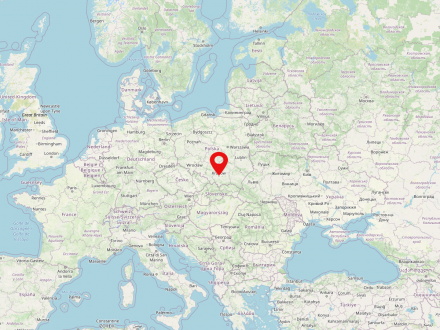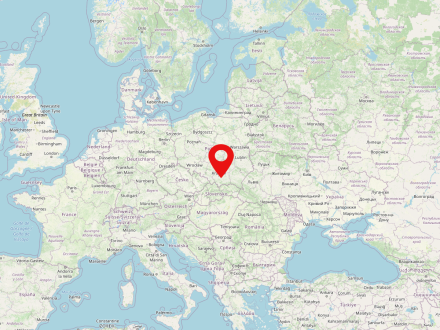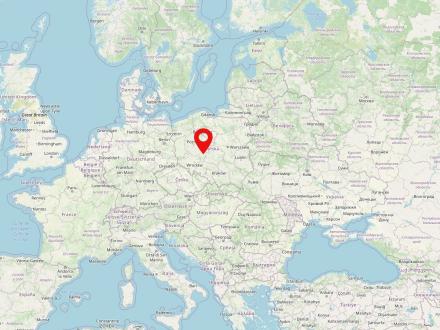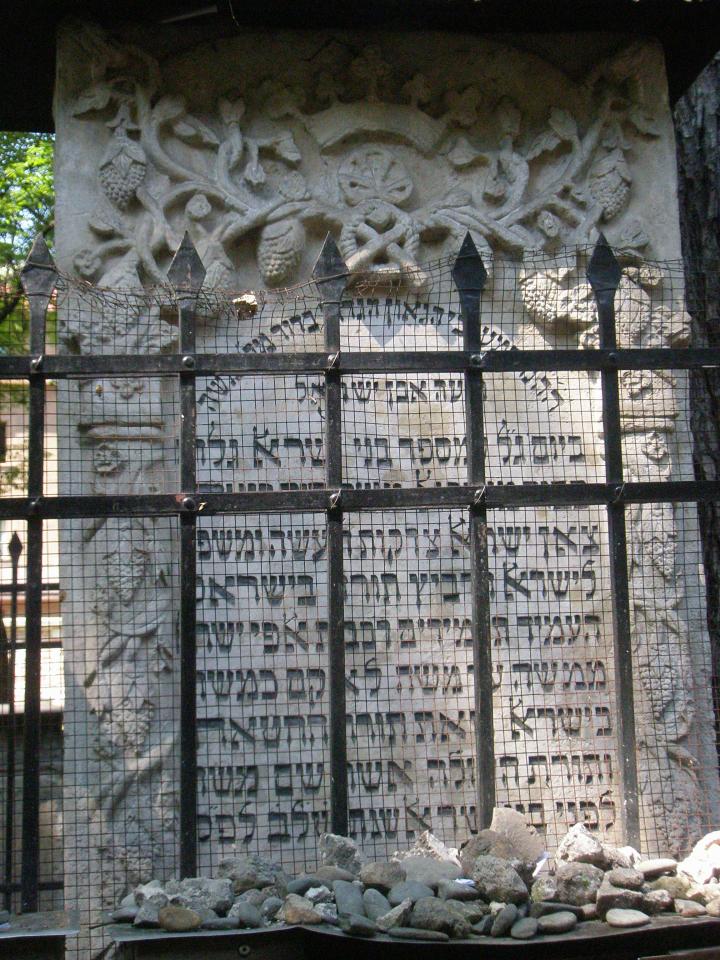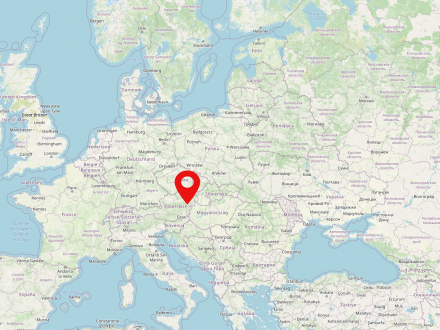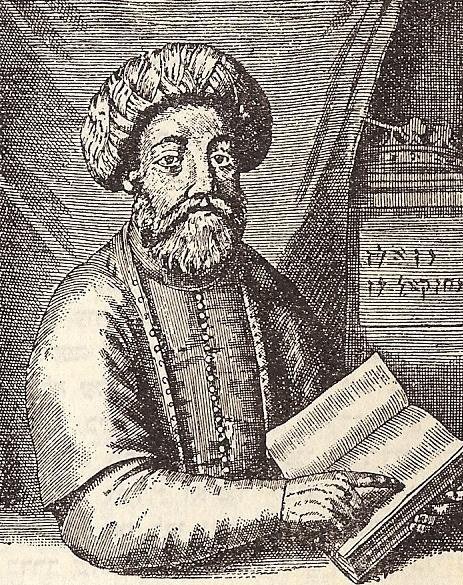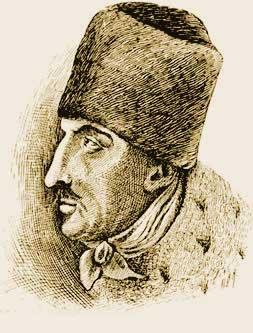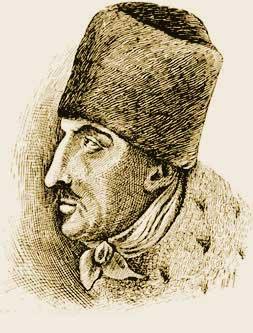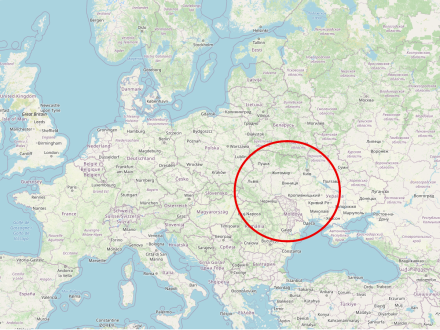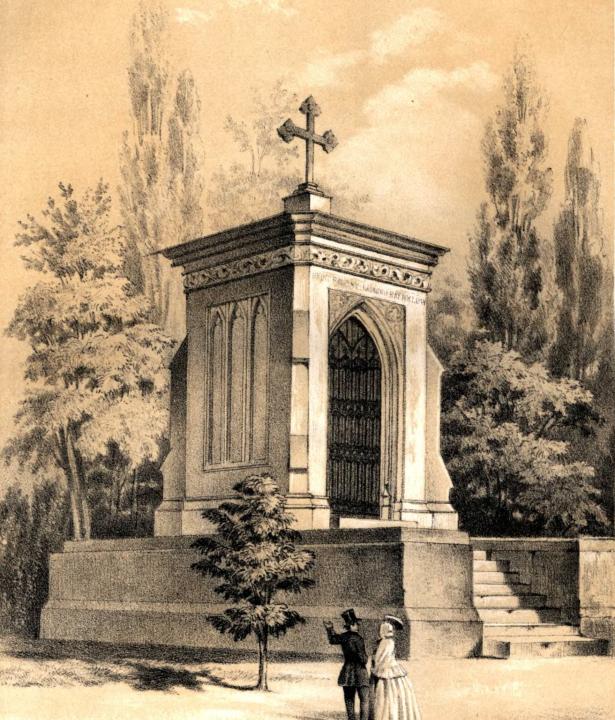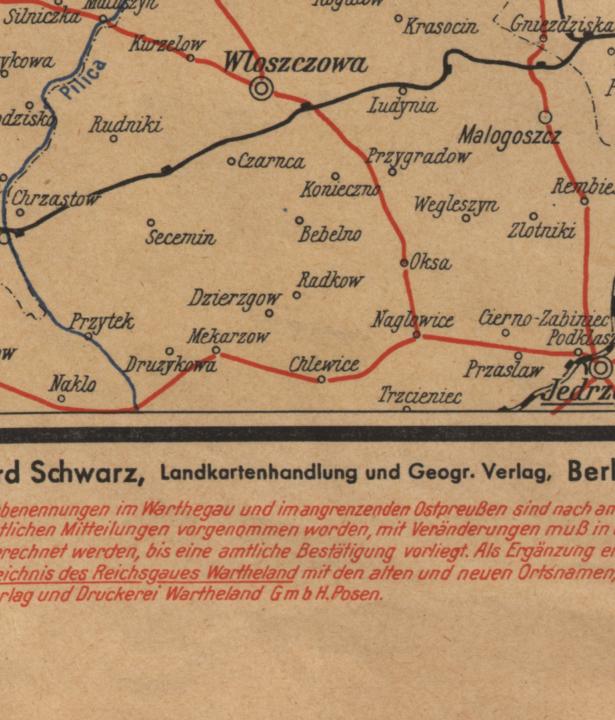Krakow is the second largest city in Poland and is located in the Lesser Poland Voivodeship in the south of the country. The city on the Vistula River is home to approximately 775,000 people. The city is well known for the Main Market Square with the Cloth Halls and the Wawel castle, which form part of Krakow's Old Town, a UNESO World Heritage Site since 1978. Krakow is home to the oldest university in Poland, the Jagiellonian University.
Wrocław (German: Breslau) is one of the largest cities in Poland (population in 2022: 674,079). It is located in the Lower Silesian Voivodeship in the southwest of the country.
Initially under Bohemian, Piast and at other times Hungarian rule, the Habsburgs took over the Silesian territories in 1526, including Wrocław. Another turning point in the city's history was the occupation of Wroclaw by Prussian troops in 1741 and the subsequent incorporation of a large part of Silesia into the Kingdom of Prussia.
The dramatic increase in population and the fast-growing industrialization led to the rapid urbanization of the suburbs and their incorporation, which was accompanied by the demolition of the city walls at the beginning of the 19th century. By 1840, Breslau had already grown into a large city with 100,000 inhabitants. At the end of the 19th century, the cityscape, which was often still influenced by the Middle Ages, changed into a large city in the Wilhelmine style. The highlight of the city's development before the First World War was the construction of the Exhibition Park as the new center of Wrocław's commercial future with the Centennial Hall from 1913, which has been a UNESCO World Heritage Site since 2006.
In the 1920s and 30s, 36 villages were incorporated and housing estates were built on the outskirts of the city. In order to meet the great housing shortage after the First World War, housing cooperatives were also commissioned to build housing estates.
Declared a fortress in 1944, Wrocław was almost completely destroyed during the subsequent fightings in the first half of 1945. Reconstruction of the now Polish city lasted until the 1960s.
Of the Jewish population of around 20,000, only 160 people found their way back to the city after the Second World War. Between 1945 and 1947, most of the city's remaining or returning - German - population was forced to emigrate and was replaced by people from the territory of the pre-war Polish state, including the territories lost to the Soviet Union.
After the political upheaval of 1989, Wrocław rose to new, impressive heights. The transformation process and its spatial consequences led to a rapid upswing in the city, supported by Poland's accession to the European Union in 2004. Today, Wrocław is one of the most prosperous cities in Poland.
Płock is a city in central Poland with about 100,000 inhabitants. Its history dates back to the 10th century when it was fortified. Situated on the Vistula River, the city has more than once served as a Polish royal residence and regional capital. Among its most notable landmarks are the fourteenth-century Płock Castle and the twelfth-century Płock Cathedral.
The Polish county seat Kalisz was first mentioned in documents around 150 AD and is therefore called the oldest city in Poland. It is located in the valley of the Prosna River in the Wielkopolska Voivodeship. In the 16th and 17th centuries Kalisz was considered one of the most important cities in the Kingdom. In 1793, in the course of the second partition of Poland-Lithuania, Kalisz became part of Prussia. Between 1807 and 1815 Kalisz belonged to the Napoleonic Duchy of Warsaw, whose territories fell to the Russian Empire in 1815. Kalish became part of the so-called Congress Poland and experienced economic prosperity in the following years. During the First World War the town was almost completely destroyed by German troops. In the 1920s and 1930s, large parts of the city were rebuilt.
During World War II, the city became part of the so-called Wartheland and was subjected to the rigorous Germanization policy of the National Socialist German Reich. On the one hand, the Jewish population, which until then had not been victims of shootings or deportations to concentration or extermination camps, was ghettoized, and later - after the ghetto was dissolved in 1942 - transferred to the Litzmannstadt ghetto. Among other things, large parts of the Polish population were deported to make room for the German population to be resettled here in "Heim ins Reich" actions from the Baltic States, Transylvania or Bukovina.
After the Second World War Kalisz belonged to the People's Republic of Poland, since 1990 to the 3rd Polish Republic.
Bohemia is a historical landscape in present-day Czech Republic. Together with Moravia and the Czech part of Silesia, the landscape forms the present territory of the Czech Republic. Nowadays, almost 6.5 million people live in the region. The capital of Bohemia is Prague.
Wieliczka County is located in Lesser Poland Voivodeship, southern Poland, just on the south border of Cracow. Its administrative seat and largest town is Wieliczka.
As early as 1386, the Kingdom of Poland and the Grand Duchy of Lithuania were united by a personal union. Poland-Lithuania existed as a multi-ethnic state and a great power in Eastern Europe from 1569 to 1795. In the state, also called Rzeczpospolita, the king was elected by the nobles.
Wiener Neustadt is the second largest city in Lower Austria and is located about 50 km south of Vienna in the so called industrial quarter.

Podolia is a historical region in south-western Ukraine and in the north-east of the Republic of Moldova. In the 13th and 14th centuries, Podolia was fought over between various Ruthenian principalities and the Golden Horde. In the 14th century, Podolia became part of Lithuania, with the west soon becoming a Polish fiefdom. Even after the personal union of Poland and Lithuania in 1366 and the establishment of the joint state of the two countries in 1569, Podolia was exposed to Tartar and Ottoman attacks.
From 1434, Podolia formed its own voivodeship. During the Khmelnytsky Uprising, Podolia was largely depopulated and state power was severely weakened. Finally, during the Ottoman-Polish War of 1672-1676, the Ottoman Empire conquered Podolia, which fell back to Poland-Lithuania after 27 years. From then on, Russia in particular tried to dispute the territory of the dual monarchy and finally incorporated the majority of Podolia in the Third Partition of Poland in 1793, while its western part was already partially occupied by Austria during the First Partition in 1772.
In 1919, the western section of Podolia became part of Poland, while the rest remained in the Soviet Union. Between 1941 and 1944, Romania occupied the whole region, which was later reconquered by the Soviet Union and divided between Ukraine and Moldova.

